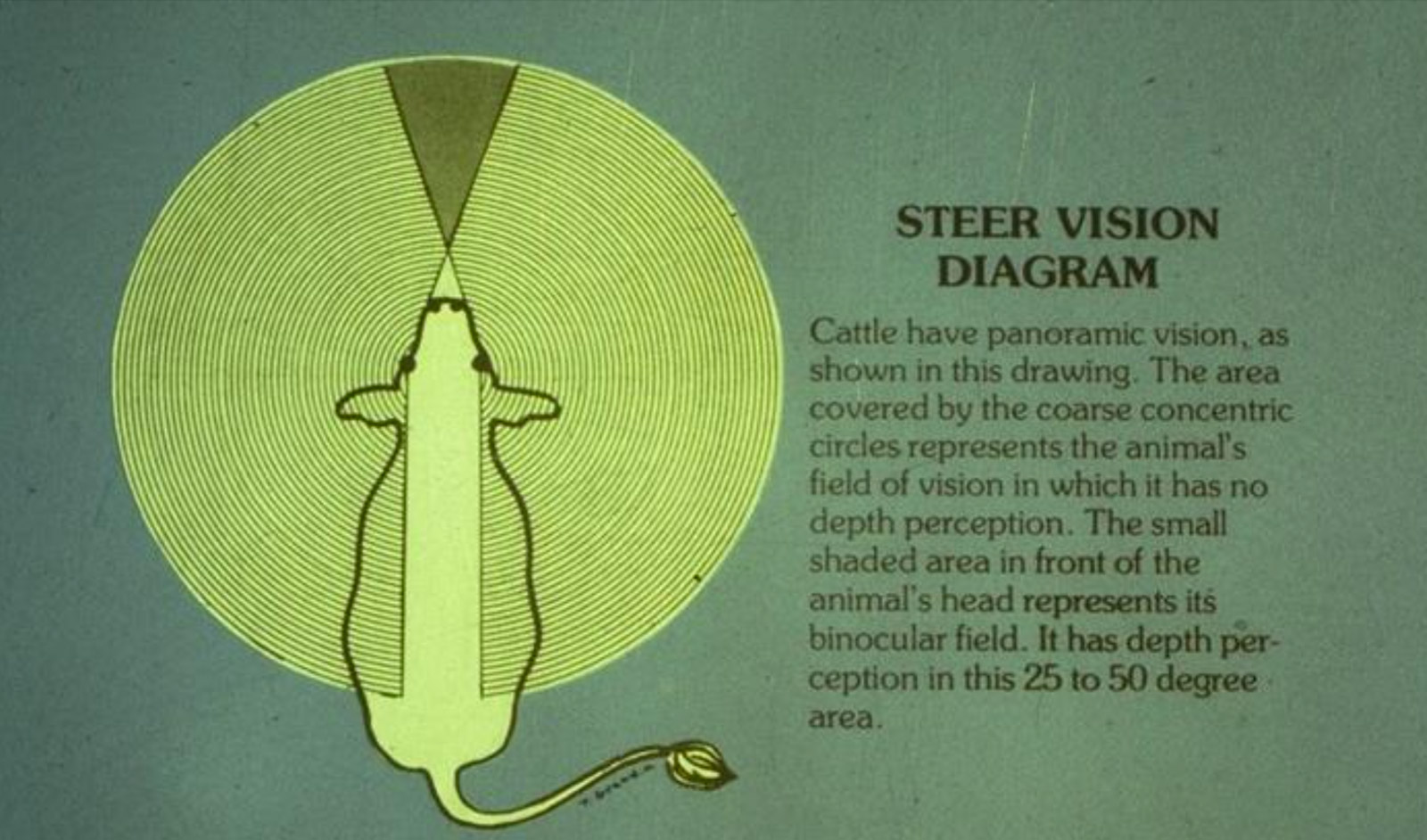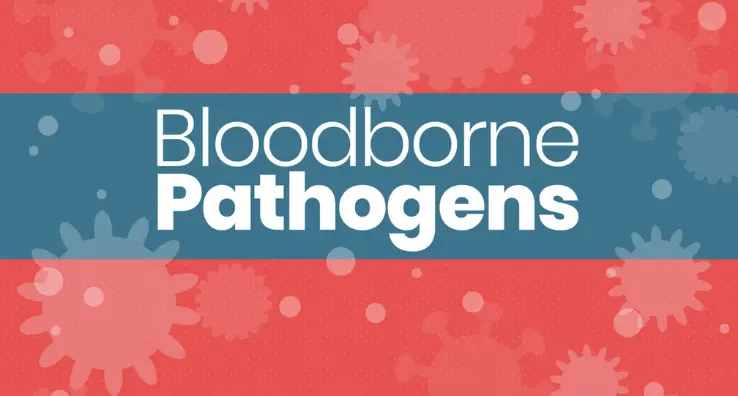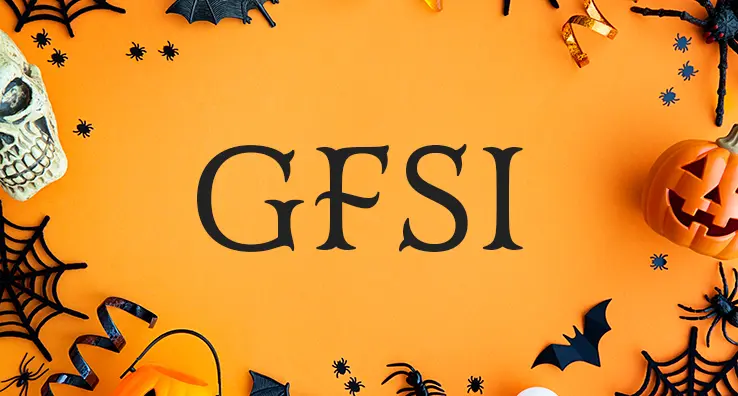NAMI Animal Welfare & Handling Tips

Proper animal welfare and handing is critical to operations in the poultry and beef industries. However, many of the rules and guidelines aren’t intuitive for employees. I’ve spent many years developing and teaching animal welfare and handling practices that I’ve shared in this free webinar.
Here is a sneak peek of the webinar followed by some important highlights:
{% video_player “embed_player” overrideable=False, type=’scriptV4′, hide_playlist=True, viral_sharing=False, embed_button=False, width=’628′, height=’353′, player_id=’6511525864′, style=” %}
1. Become a Better Observer
The first thing you need to do in your animal handling facility, whether it’s cattle, pigs, or sheep, or any animal, is look for things that may distract the animals, and make them stop. It could be a drain. It could be seeing a paper towel hanging out of a dispenser. Look for these distractions and remove them.
Grazing animals such as cattle and sheep can see all the way around [360 degrees] because they’re a prey species animal [see figure above]. They have limited depth perception, and this is one reason why they’ll often stop and put their head down to look at a drain or a change in the concrete’s surface. In new construction, it’s a good idea to put the drains outside the fences, or consider a concrete chute with solid sides to minimize visible distractions.
2. Know the Signs of Stressed Animals
Calm animals are easier to handle. Know the signs of stress for a smoother and more humane process.
- Eye White in Cattle. You see the eye white on cattle when they’re getting really stressed out. It’s a sign of fear. Some of the Holsteins you can see eye white naturally, but in the other breeds of cattle, eye white is fear.
- Vocalization. When vocalization goes on in the lead up it’s because you’ve poked the animal with electric prods. The NAMI guideline includes vocalization scoring during handling in the chute and in the restrainer or stun box, because when animals vocalize in the stun box it’s usually because something bad is happening, like slipping on the floor, too much pressure from the head-holding device, or a door slammed on them.
- Tail Twitching. When cattle twitch their tails, you can bet it’s a sign of anxiety.
- Defecation. Real talk: When cattle poop — it’s because you scared the you-know-what out of them!
3. Remove Distractions that Cause Balking and Refusal to Move
Always look for and remove distractions. The little things (chains hanging down, bits of plastic, bits of paper) you tend to not notice, the animals will notice. It’s always a good idea to get down in the chutes and see what your animals are seeing. A calm animal will stare right at the distractions that are stirring it. Remove these distractions! Here are some examples of what to watch for:
- Shadows. Put solid sides up in places where they can see people up ahead, like along fences to reduce human shadows. I have been in situations where a person’s shadow was causing the animals to balk. I had to move where I stood. It was my own shadow in one case!
- Light Reflections. Sometimes adding a light or moving a light can make a big improvement.
- Dripping Water. When a pig loops at dripping water, he’s not afraid of getting slaughtered — he’s afraid of the dripping water! I get asked all the time, “Do animals know they’re going to be slaughtered?” Their behavior is the same as far as these distractions are concerned, at a meat plant — and also out at a ranch, or a feed yard in the vaccinating chute.
- People, Objects, or Movement. A coat hung on a fence or moving objects like dangling chains or turning fan blades. People up ahead or air blowing also can also cause distraction. Notice the to-go cup in this photo — a big distraction that should be removed!
- Surface changes. Pigs can be sensitive to floor surface changes: going from concrete floor to a metal floor, or floor markings like white plastic strips. I’d recommend maybe putting a gray strip in there to reduce the contrast. Notice how and where your animals are stopping and putting their heads down.
4. Incorporate Simple Tools for Solutions
Experiment with simple tools to find solutions, such as cardboard, portable lights, duct tape and zip ties. I’m sometimes amazed that I can go into a plant and just do stuff with lights and cardboard. When you find out what works, then you can put in something permanent.
Another suggestion is to add some solid panels. The most important parts to make solid are outer perimeters. I’ve been in many, many meat plants where trucks going by the stockyard are causing problems with cattle. Then they simply put up a solid side — even shade cloth or piece of metal can make a difference.
5. Never Abuse an Animal
Animal abuse is never acceptable. The important question is: “When does tapping an animal become beating?” In fact, a plant got shut down one time by the USDA over this argument and one side was saying, “You were tapping a pig,” while the other side said, “You were beating the pig.”
Beating an animal is an act of abuse, and acts of abuse are never tolerated. Dragging live animals, deliberate slamming of gates on animals, deliberately driving animals over the top of other animals, and poking sensitive areas like the eyes or the rectum, are examples of behavior that is never allowed — or you can get in trouble with the USDA and animal welfare auditors.
Want to learn more? Watch the full webinar for more of Dr. Grandin’s animal welfare tips!





